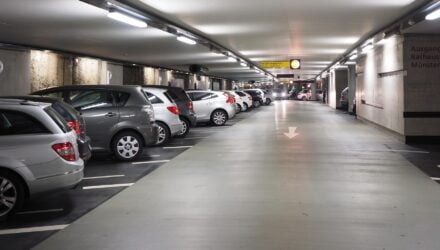The impact of COVID-19 has been felt in just about every corner of the global economy – but the world of international logistics has been hit particularly hard. Borders have been closed, non-essential travel has been curtailed, and business has had to introduce a whole slew of anti-contagion measures at relatively short notice.
While the lockdown has eased, normality has yet to reassert itself, and thus fleet managers will still need to take every sensible precaution when it comes to limiting the risk. That means not only keeping track of the number of miles that a given journey accumulates, but the number of journeys, too. The time a driver spends on a road, after all, is largely risk-free – but there is a myriad of other factors which can make a given journey riskier.
Fortunately, the tool we need to get a grip on this problem has been around for long-before COVID-19, and it’ll be called for long after the pandemic has gone away. Through a process called Journey Management, we can assess which journeys are riskiest, and take steps to address the risks, or eliminate those journeys entirely.
What can Journey Management look at?
The scope of journey management goes beyond limiting contagion, of course. It might look at which drivers are suffering from fatigue, and therefore more likely to be involved in a collision. It might look at the condition of a given road, or adverse weather conditions.
Often, these risks can be difficult to spot because they’re so small. But they do add up to an appreciable wear and tear on your fleet’s vehicles. Therefore, any system which can identify these risks will pay for itself in terms of avoided bills for repairs and replacements. Journey management can also give you an idea of when you’re due a replacement. Forming a relationship with a reputable used dealer like Fords of Winsford can make these replenishments easier.
Journey Management might form part of a fancy computerised system which uses predictive AI to assess risks. Or it might be a set of rules of thumb, there to help drivers and fleet managers to avoid the obvious risks. Shell’s advice comes in the form of a few helpful guidelines, like ‘obey the law on driving times’ and ‘avoid driving at night’.
Drivers who’ll be on the same trip for more than a few hours are the most likely to benefit from a formal Journey Management Plan, as they’ll have to plan for things like rest breaks, and to interact with other people in the service station.
What does the future look like for Company Cars?
The coronavirus outbreak is likely to leave a lasting legacy. It’s gotten everyone familiar with alternative means of staying in touch with distant clients and collaborators, and thus rendered many journeys obsolete. Why force a dozen people to get in the car, after all, when you can simply arrange a meeting via a platform like Zoom or Microsoft Teams?
On the other hand, face-to-face contact will remain essential in building relationships both within businesses and between them, and so company cars are likely to remain essential for years to come.








